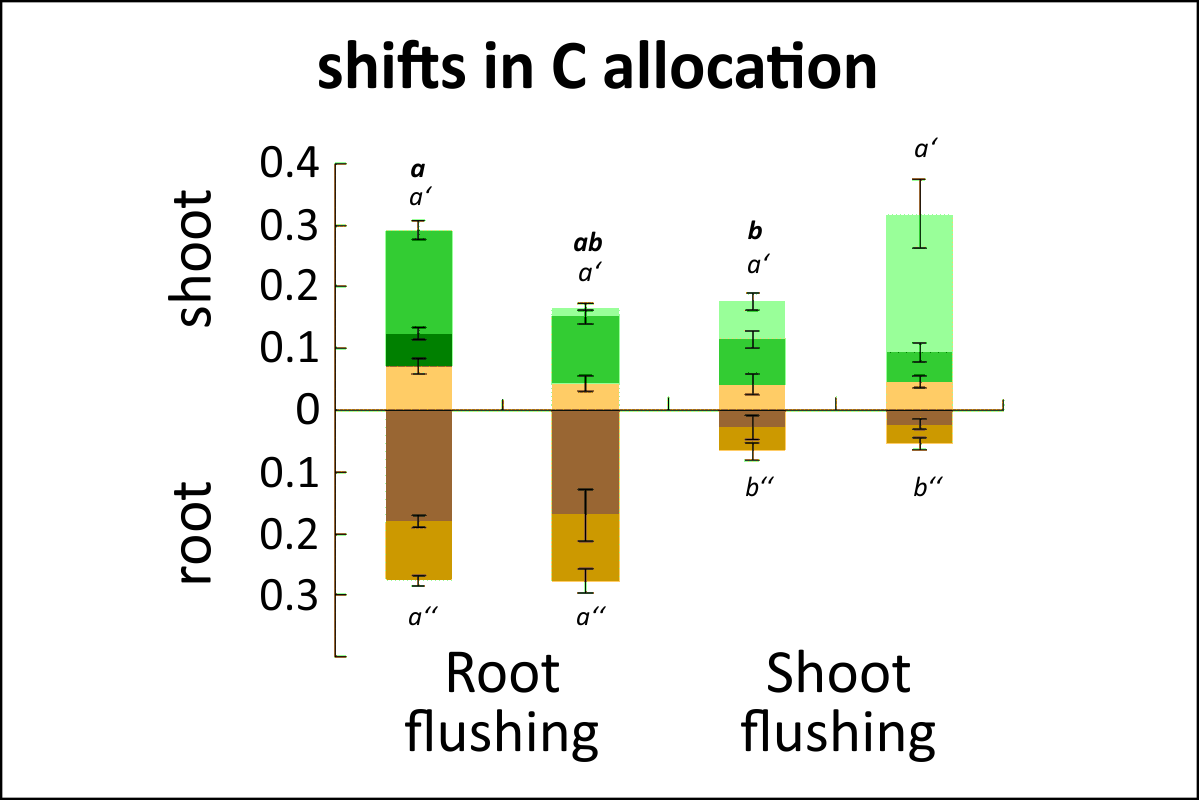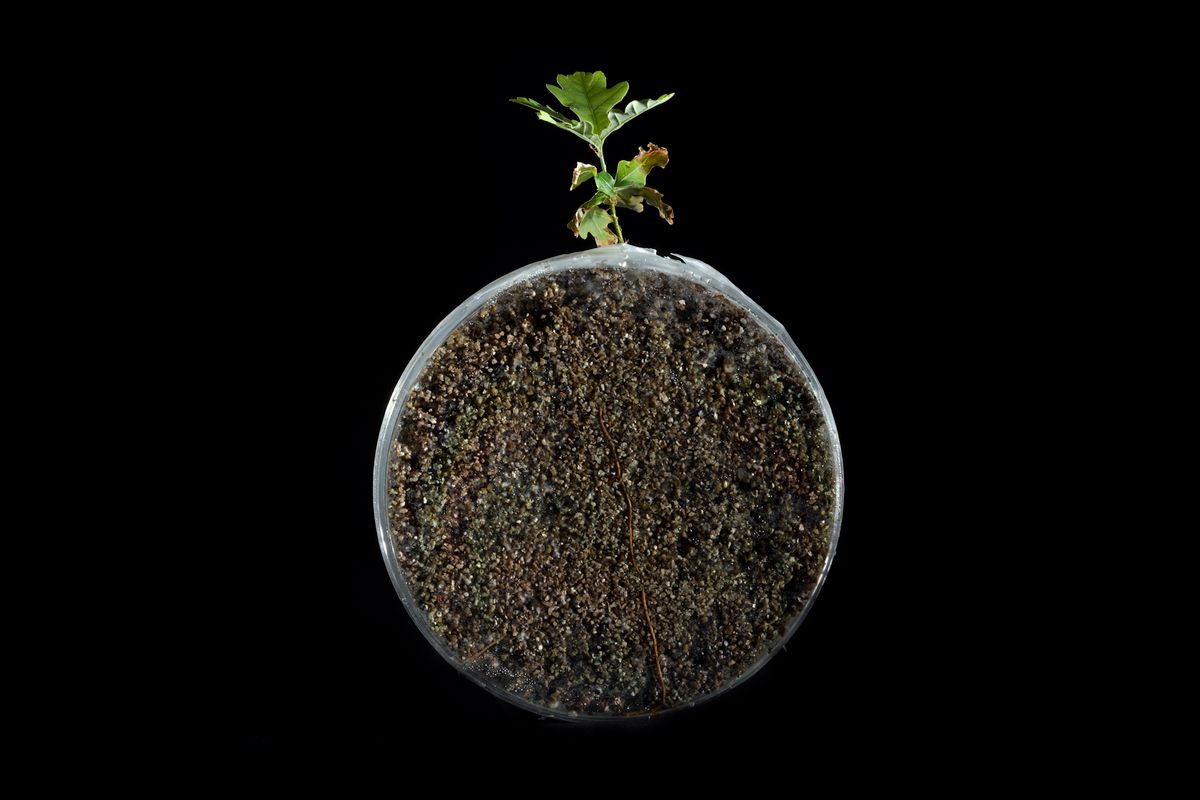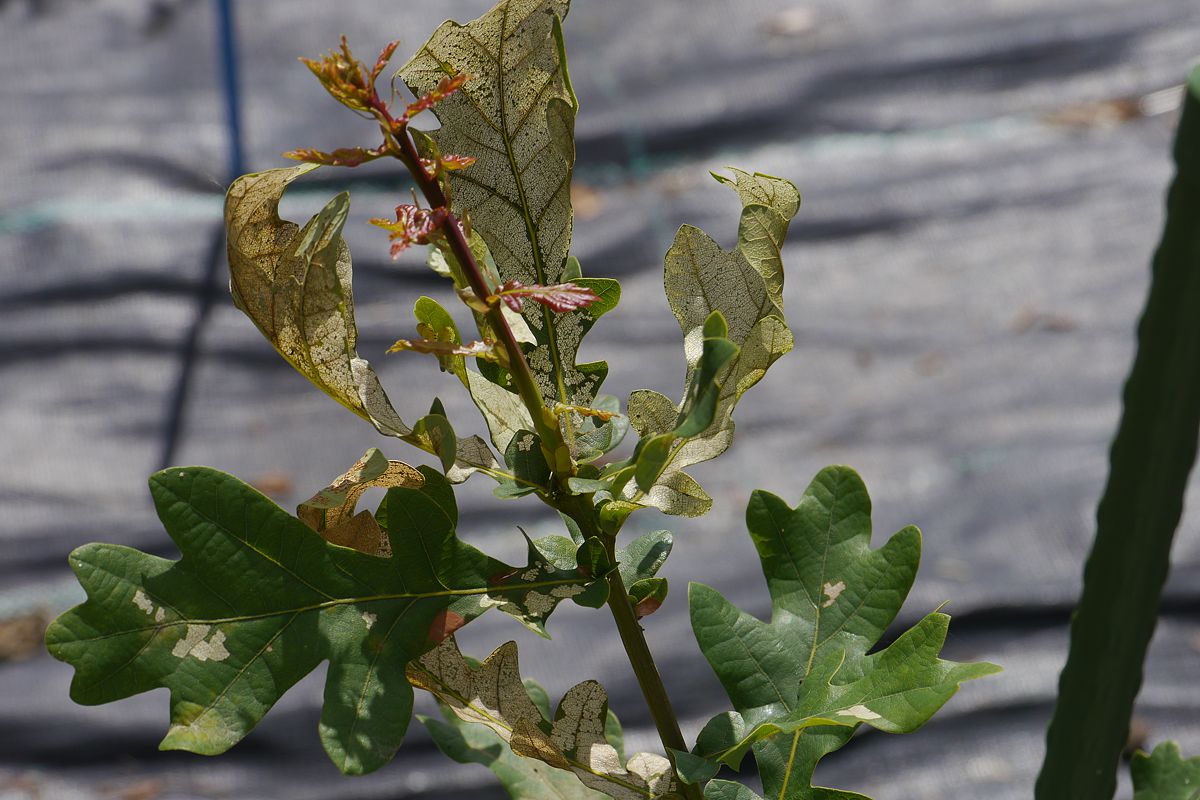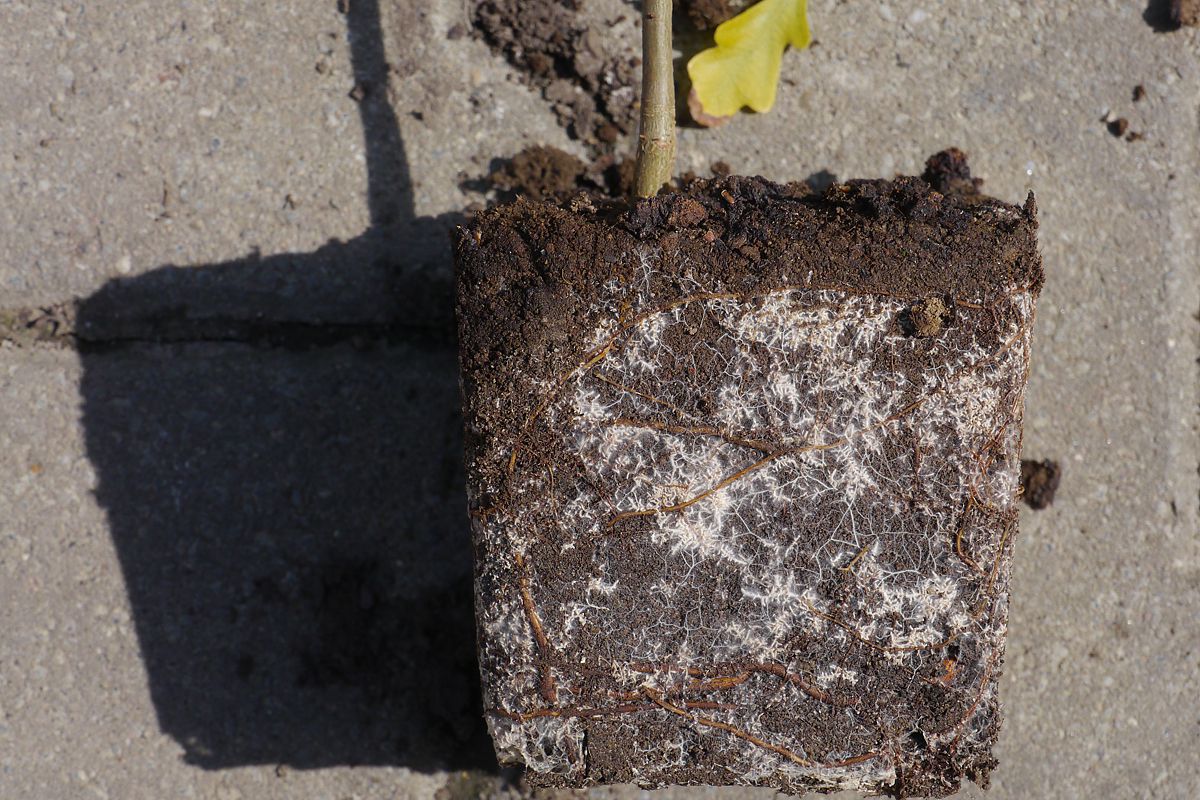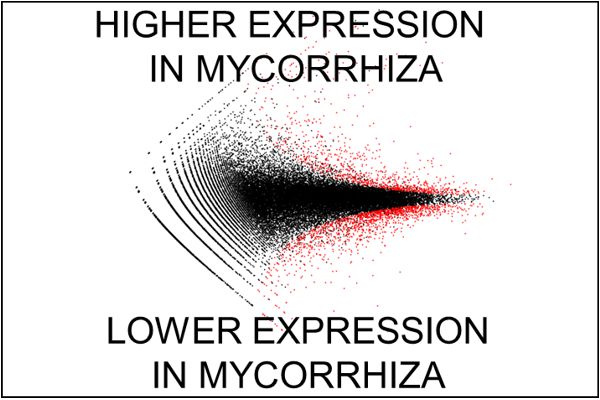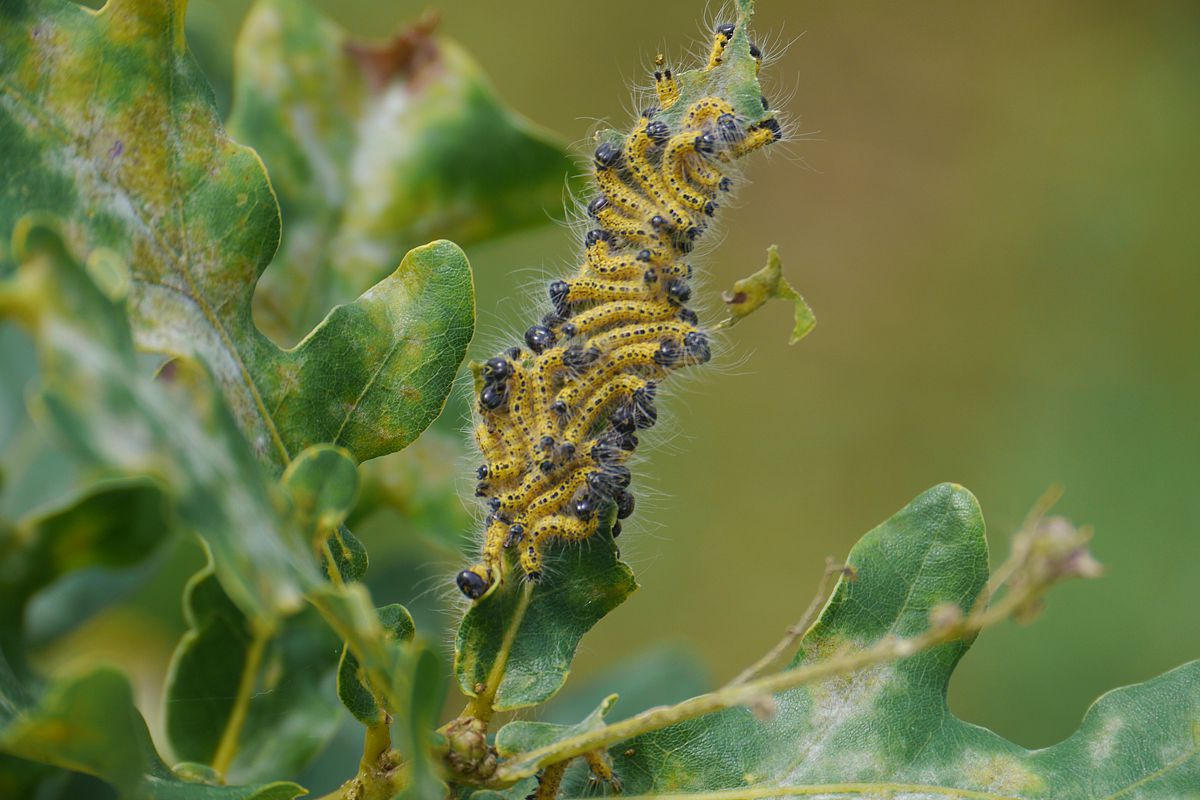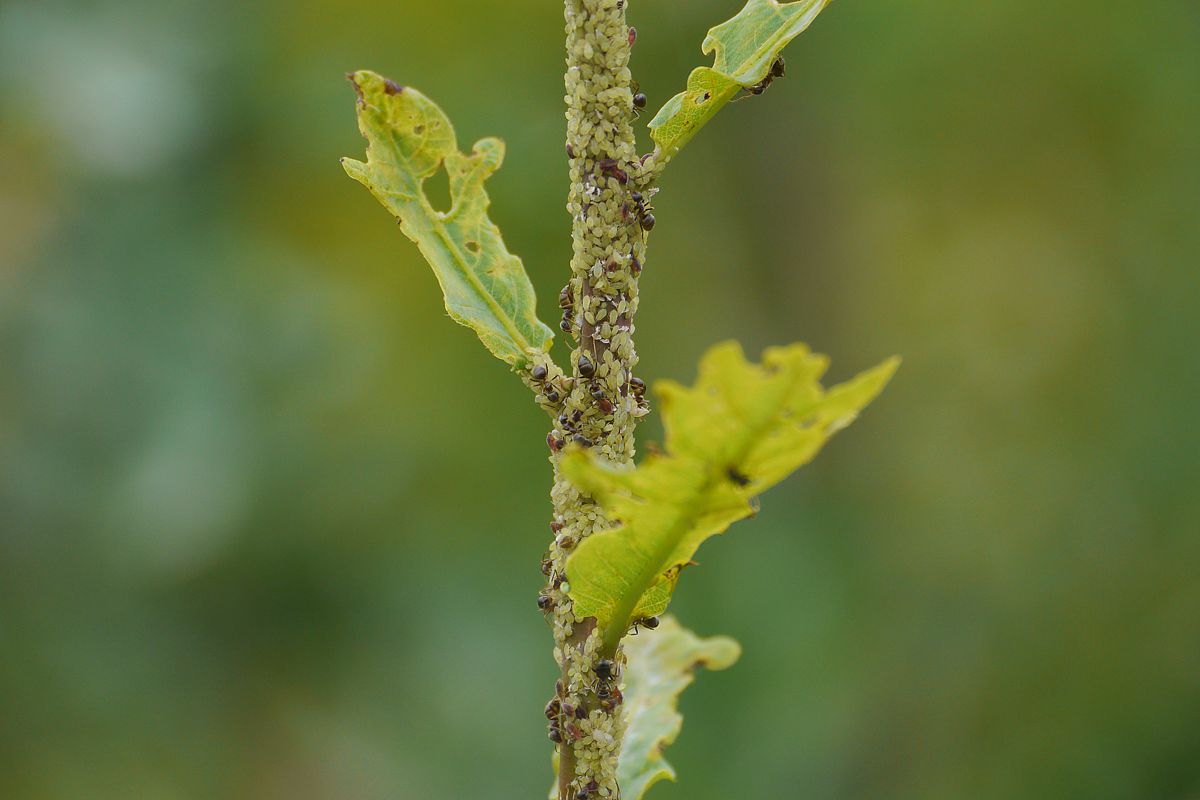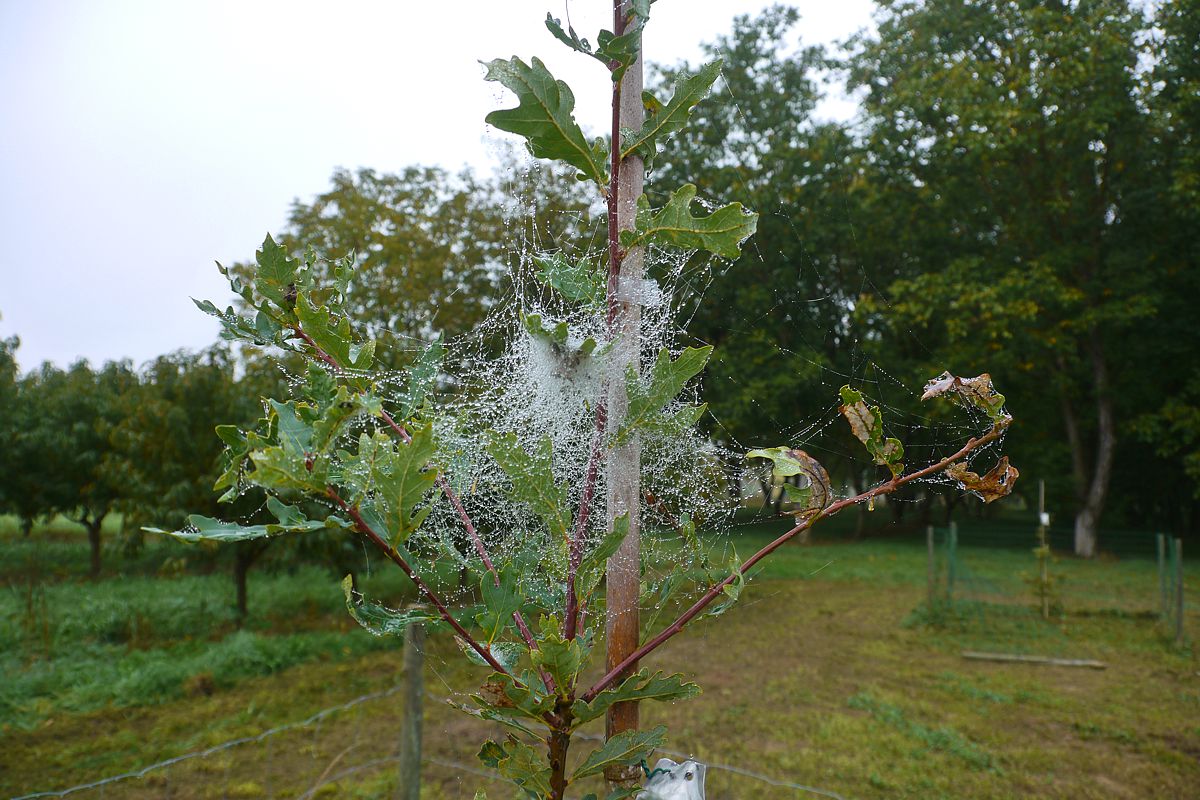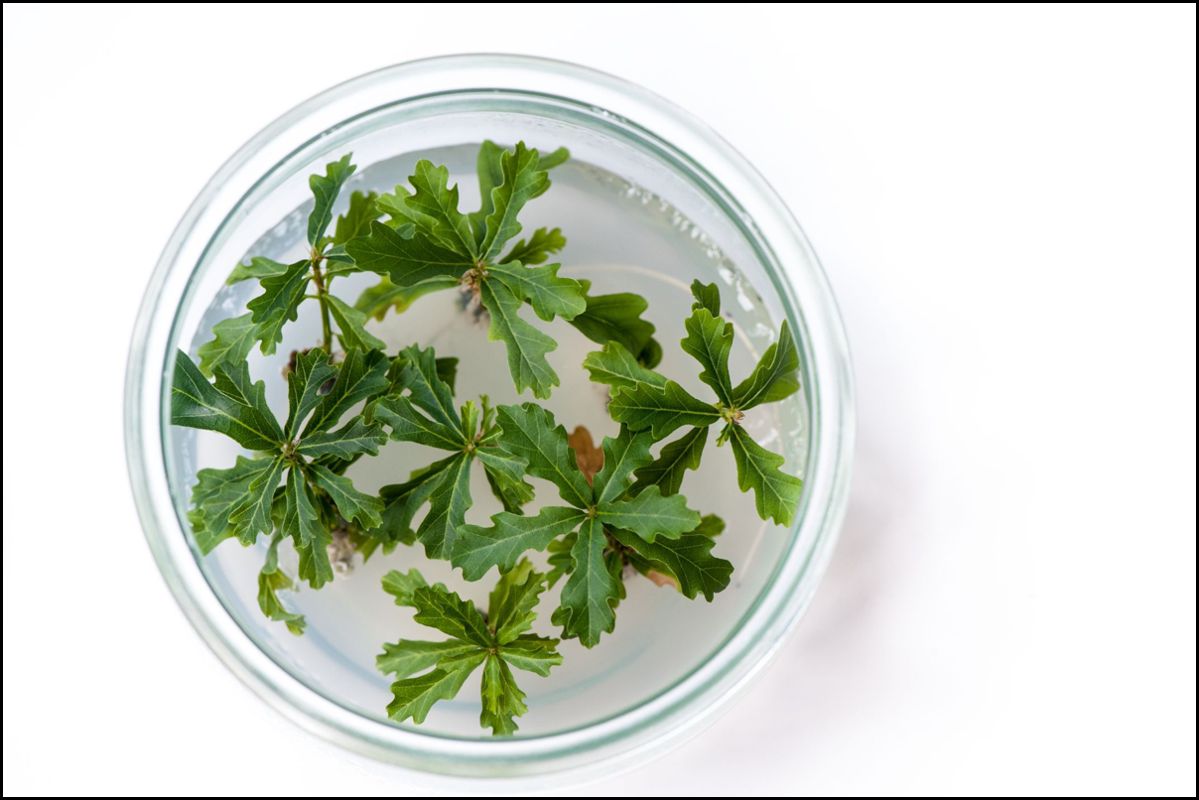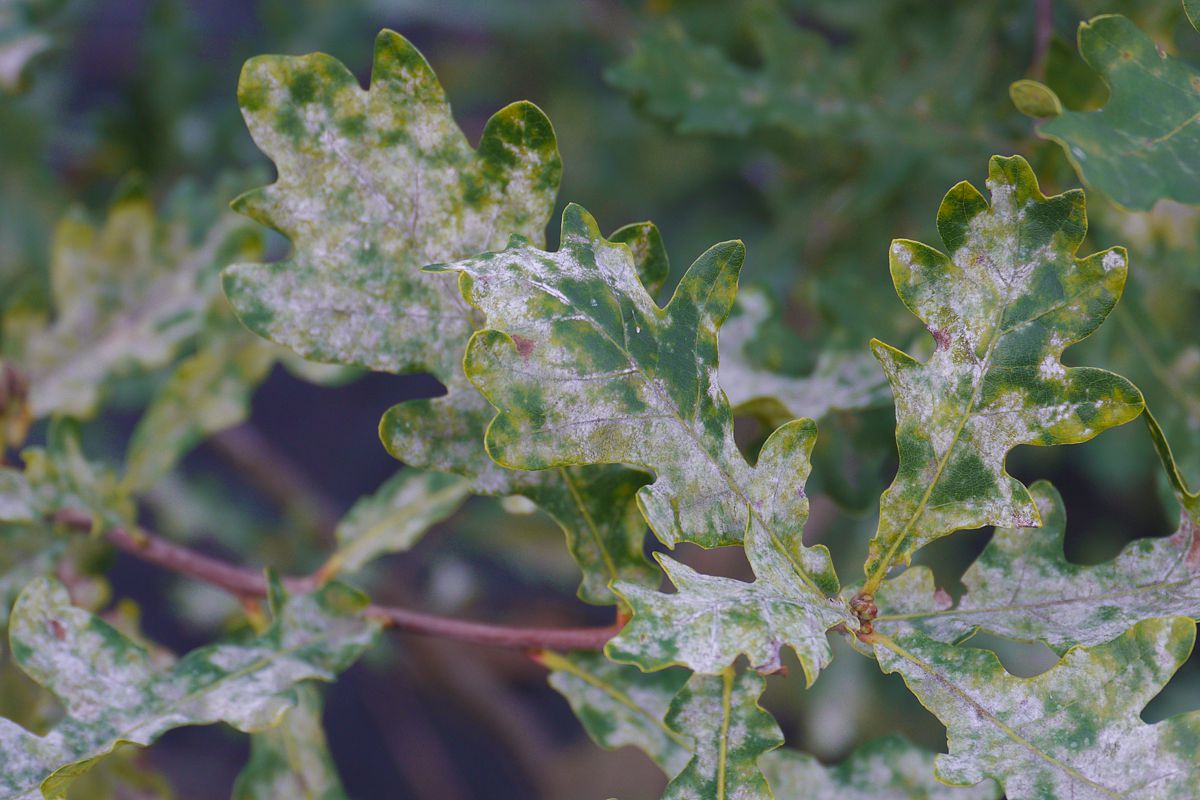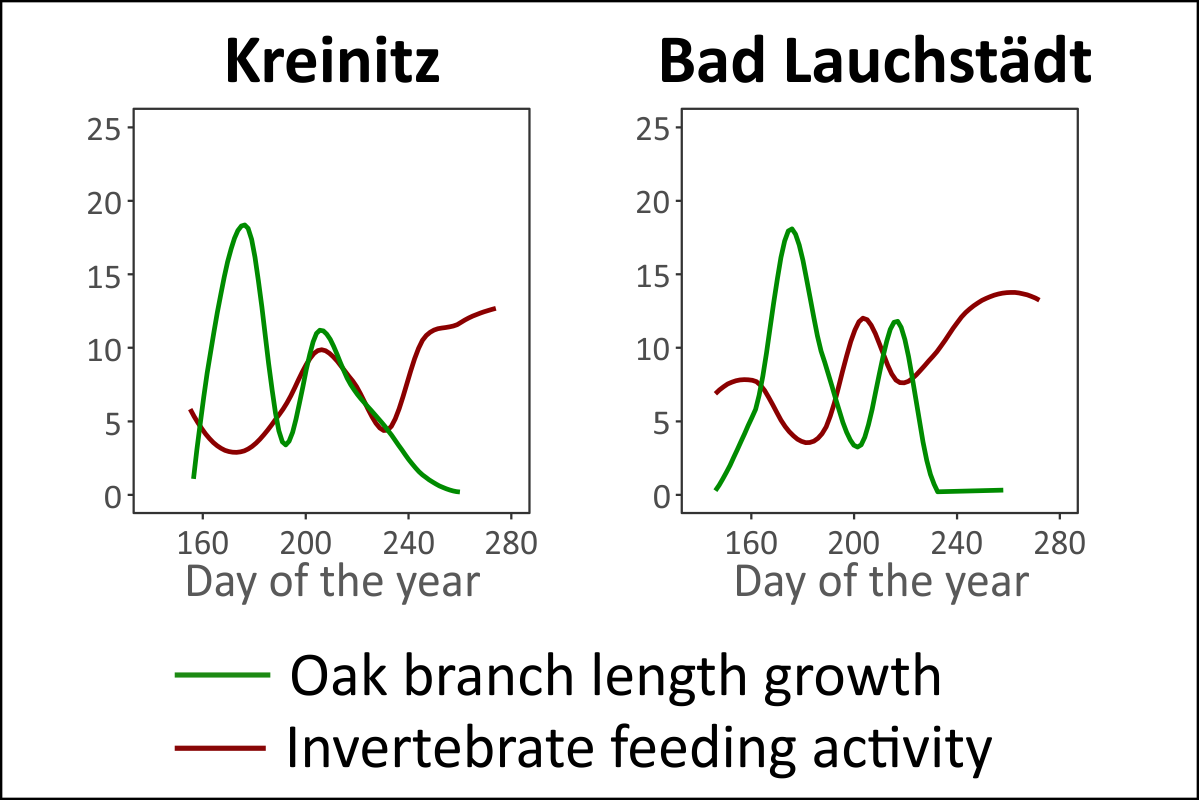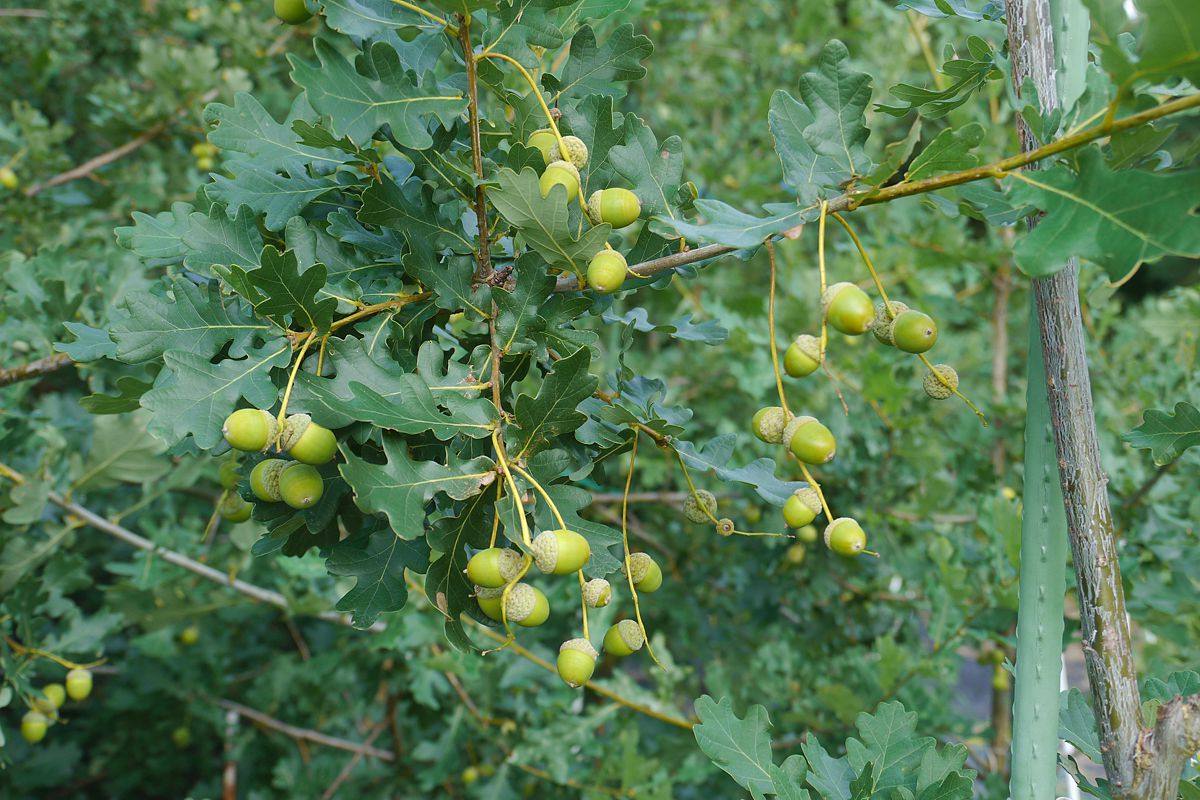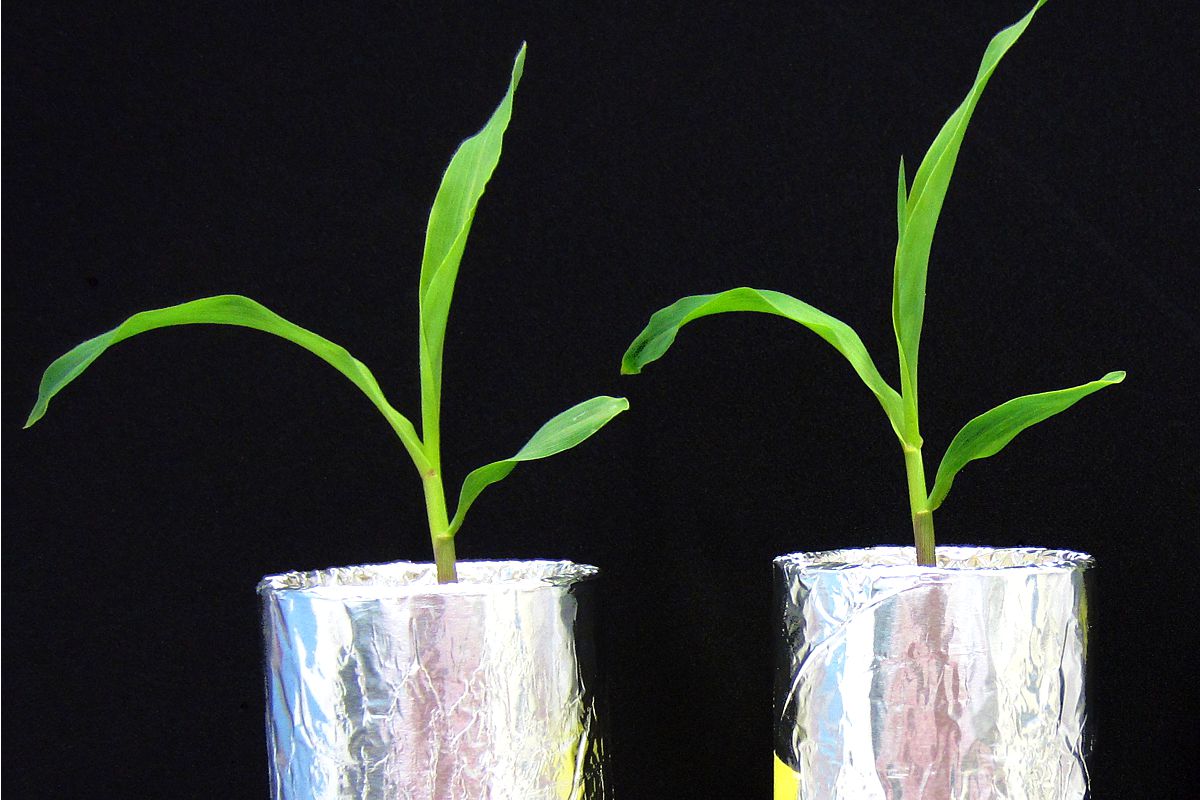-RSbearb01a.jpg)
Research Field:
Biotic Interactions & Holobiome
Plants do not live alone but interact with myriads of animals, other plants and soil microorganisms. Soil is the resource of microbial diversity from which the plant selects its microorganisms. It is the plant and these interacting communities that are referred to as a „holobiome“, a unit that reacts to environmental variations and goes through evolution.
To study the holobiome, we are using own experimental platforms. One consists of a clonal oak (DF159) that is micropropagated to regenerate genetically identical trees for experiments in microcosms or in the field. In the TrophinOak project, we have developed tools to characterize the genome of this tree and its regulation when engaged in multitrophic interactions, under consideration of resource allocation in the tree during its specific endogenic rhythmic growth. In the PhytOakmeter project we released saplings of the DF159 clone across several locations in Europe and Central Germany. Here the goal is to characterize how the saplings and their holobiome adapt to different climatic conditions and to anticipate how they will react to global change.
Furthermore, the feedback processes between maize and soil microbiota during the organization of the rhizosphere, which represents the soil volume affected by living maize roots, are addressed in the project Rootgenes.
